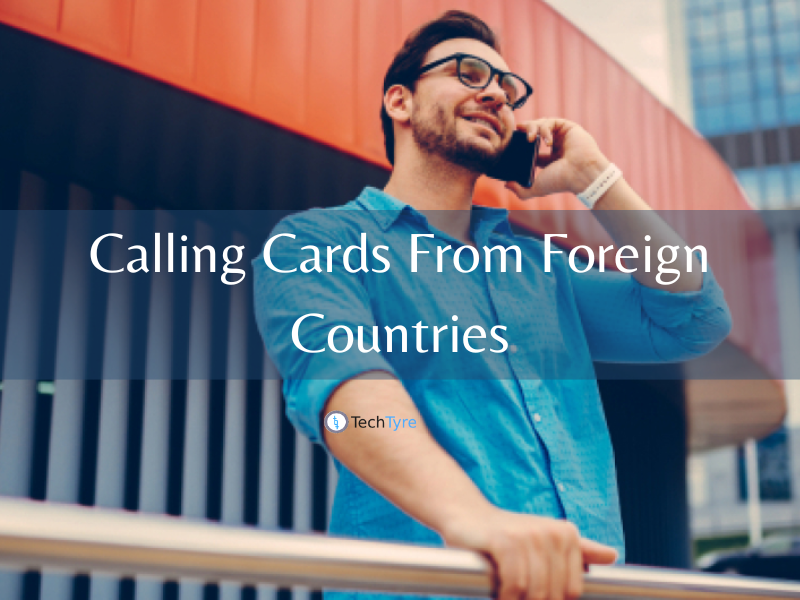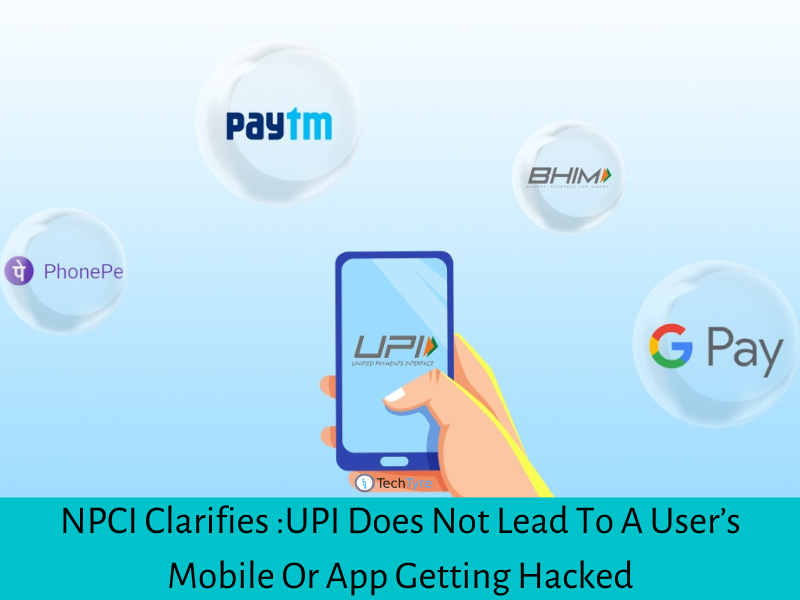There are literally hundreds of calling cards available on the market for making both domestic and international calls. How do you determine which is the best calling card for your needs, and what should you be on the lookout for? Here are five things you should keep in mind when trying to select a card for international calls.
In the case of an emergency, calling cards can be a good backup option if data networks are down or if you’re only able to find landlines. They can be used from any type of phone, and calling card rates may be lower than VOIP or SIM rates for some countries. If you’re on a mobile plan that doesn’t offer data, or a plan in which minutes are cheaper than data, using a calling card using your minutes will save you money over VOIP.
Countries
Some cards are restricted in terms of in which countries they cover. Make sure the country you need to call is accessible with the card, and compare per minute costs between several different brands of cards.
Costs
Once you’ve discovered what the per minute charge is for calling the country of your choice, check the fine print for other charges. Minutes are often rounded up in segments of 3, 5 or even 8 minutes, meaning that a short call could actually cost you nearly twice as many minutes as you actually spent on the call. Also beware of connection and termination fees, per call fees, daily, weekly or monthly fees, and refill fees. Hidden costs are often a huge downside of using calling cards.
Brands
Sticking with big name brands is usually the best option if you want reliability as far as call quality goes. There are plenty of cheap calling cards for international calls out there, but many are run by cut-rate carriers that leave you with dropped calls, bad connections, and extremely poor sound making your precious calling time worthless. Sometimes a little research can go a long way so it’s worth doing your homework before investing in order to avoid disappointment.
Reviews
When in doubt, get yourself on the internet and check out reviews of the calling cards you are considering using. Type in the brand name of the card and see what people are saying about them. If there are multiple complaints about call quality, dropped calls, extra hidden charges and so on, you may want to reconsider. Remember, as the telecommunication market for smartphones and tablets continues to boom, there are plenty of alternatives out there.
Alternatives
Even the best calling card might not be your best option for international calls. Unless you are stuck using pay phones to call home, a simple app that works on nearly any Smartphone, tablet, desktop computer or even landline could be the answer. Rebtel is one such app you can use to make incredibly cheap, crystal clear international calls, so you can avoid having to use a card for international calls altogether.

The old adage that it sounds too good to be true is often the case. Don’t be fooled by calling cards that offer insanely low international rates – check the terms and conditions in the small print. As the market for apps on smartphones and tablets continues to develop there are often better services available with easier options for customer support and community forums.
How does it work?
Traditional calling cards look like credit cards, which makes them convenient to carry in a wallet. They come with a certain amount of credit preloaded. The card contains an access number, or sometimes multiple numbers for multiple countries. This number can be called locally at no charge. Once you are connected to the operator, you follow the instructions, which may include keying in a PIN number (also found on the card), and then finally dialing the international number you want to call.

Where to buy?
Calling cards can be found in a number of places such as:
- Kiosks and convenience stores, especially overseas
- Online retailers
- Big box retailers such as Walmart in the US
- Through your current long-distance provider
- The International Student Identity Card (ISIC) provides a calling card specifically for international students.
What to keep in mind
Although calling cards are still a convenient and cheap way to communicate across borders, there are a few things to keep in mind when purchasing and using one.
- Some calling cards contain loads of hidden fees. Read the fine print carefully to avoid this.
- Many cards use “3-minute rounding” which means that if you talk for 4 minutes, you will be charged for 6.
- Some calling cards have an expiration date.
- Some calling cards charge different rates for calls made at different times of day.
- Make sure that the access number is one that you can actually use for free or at local rates



